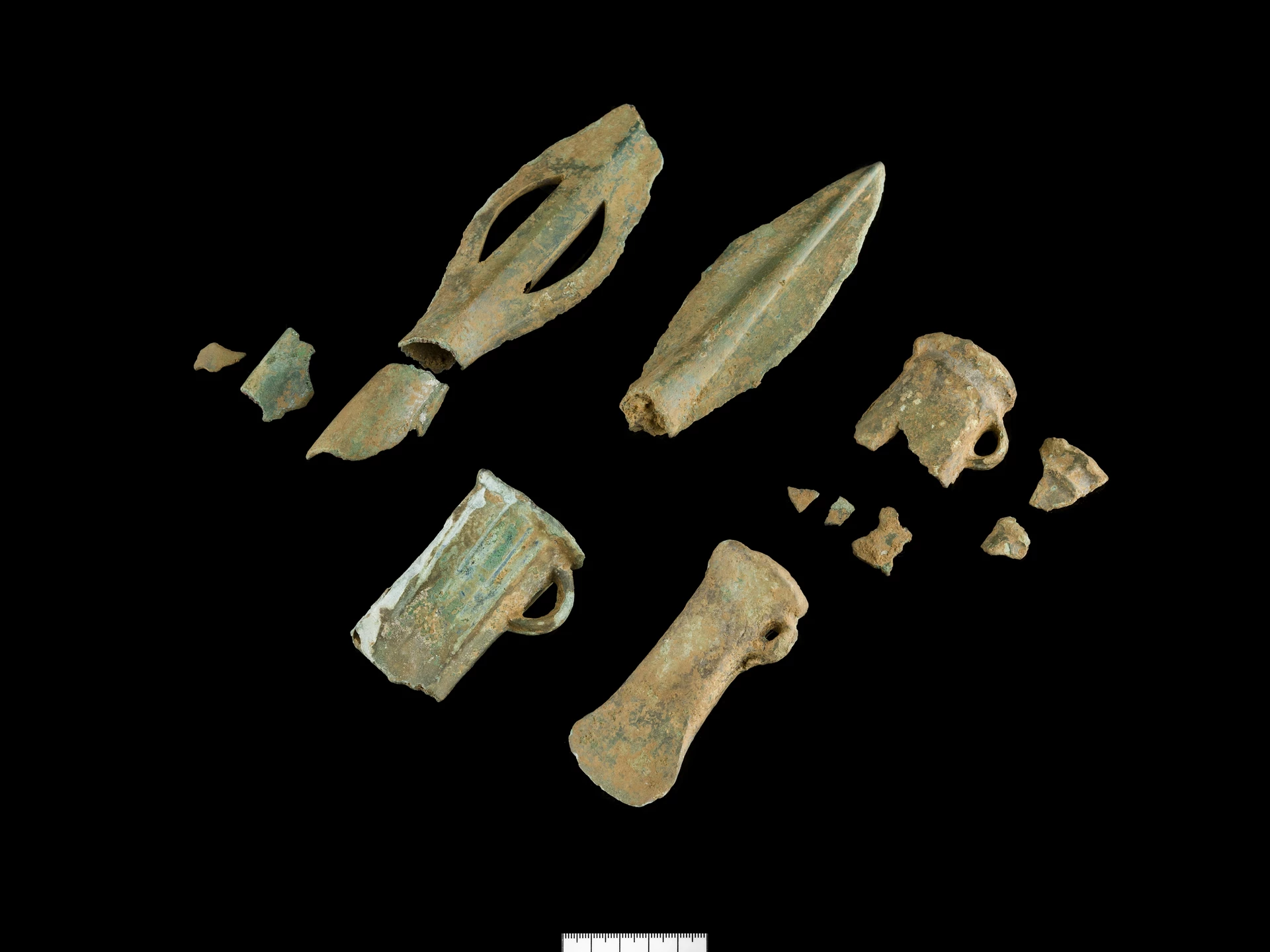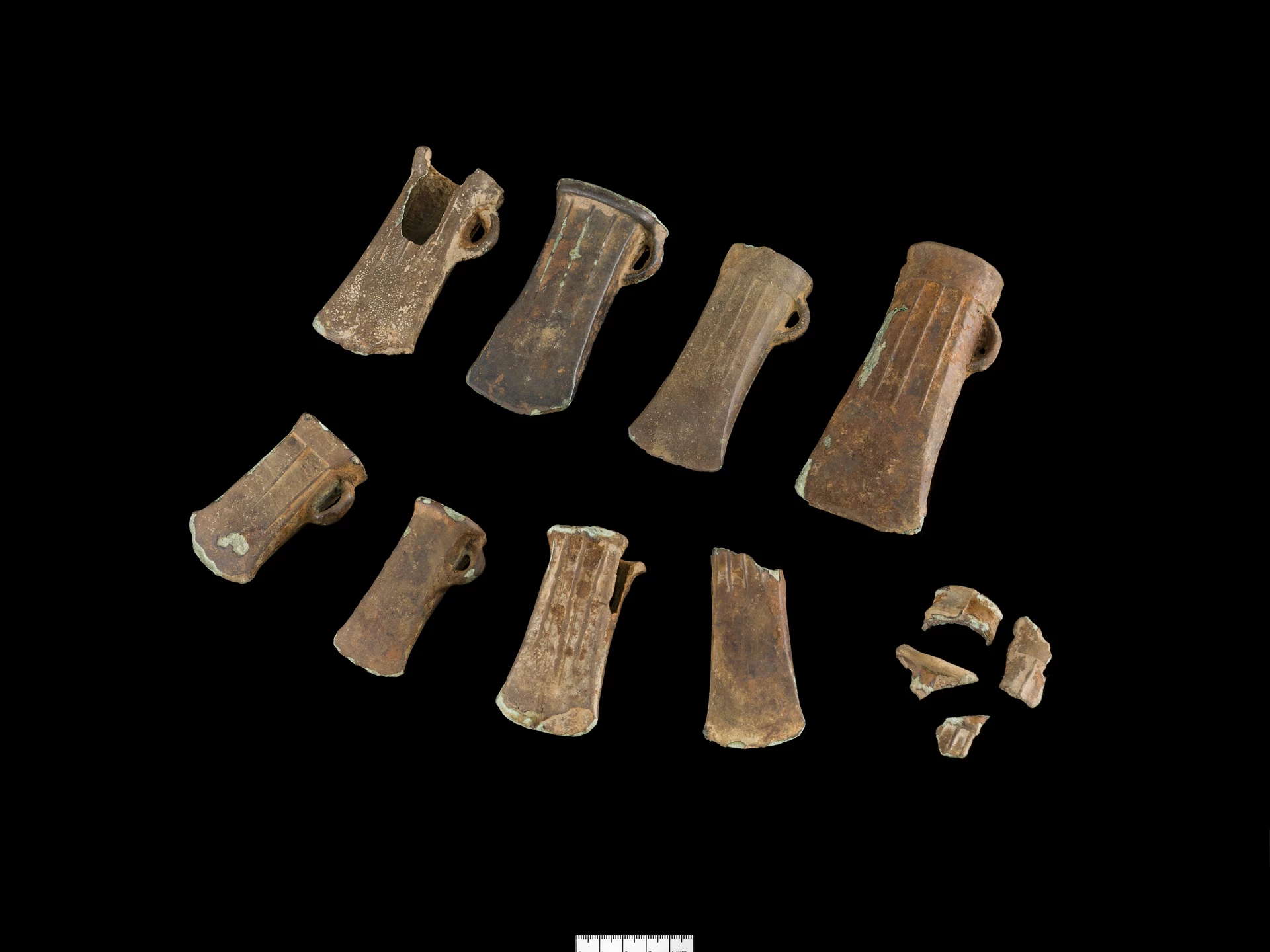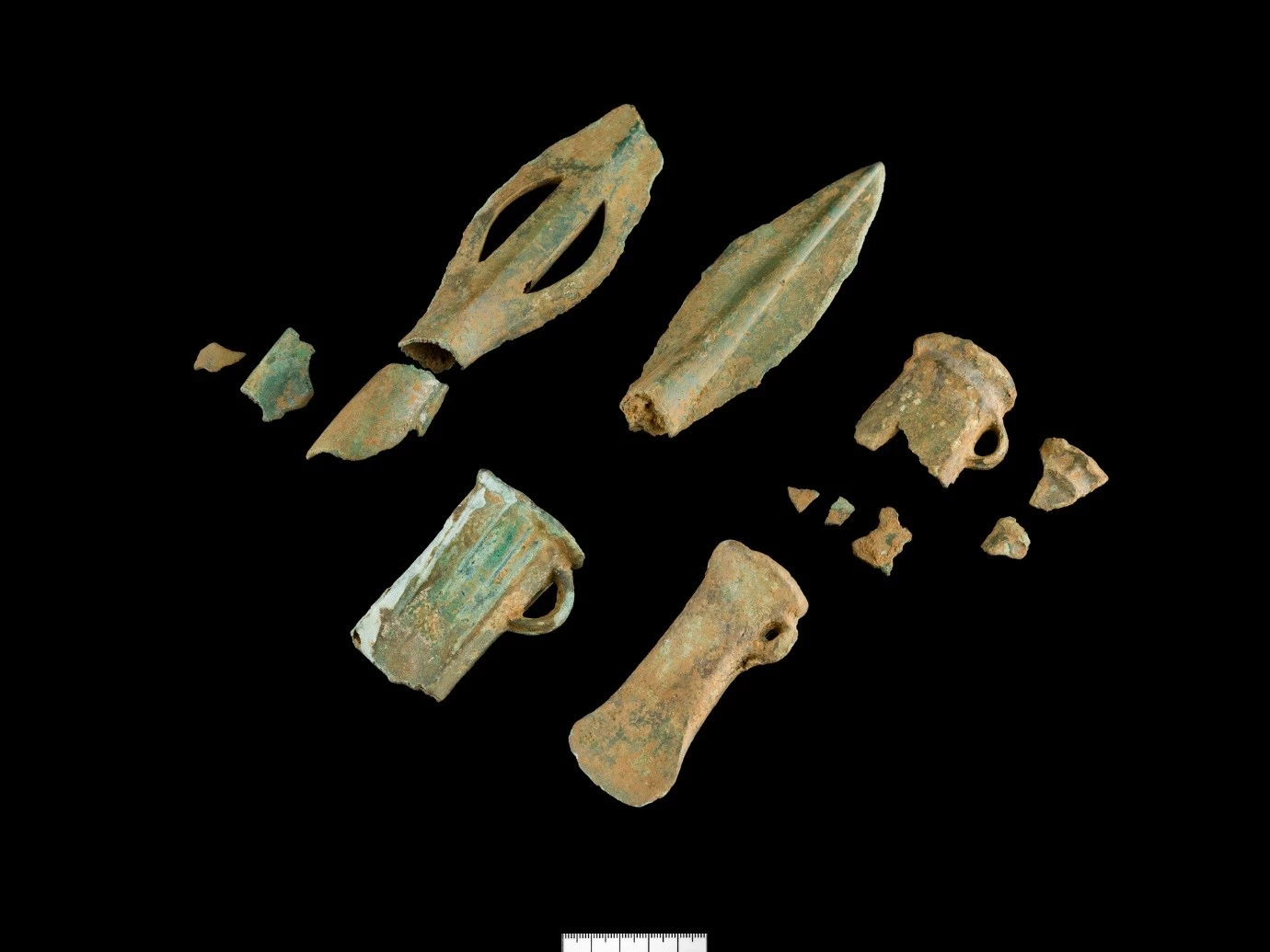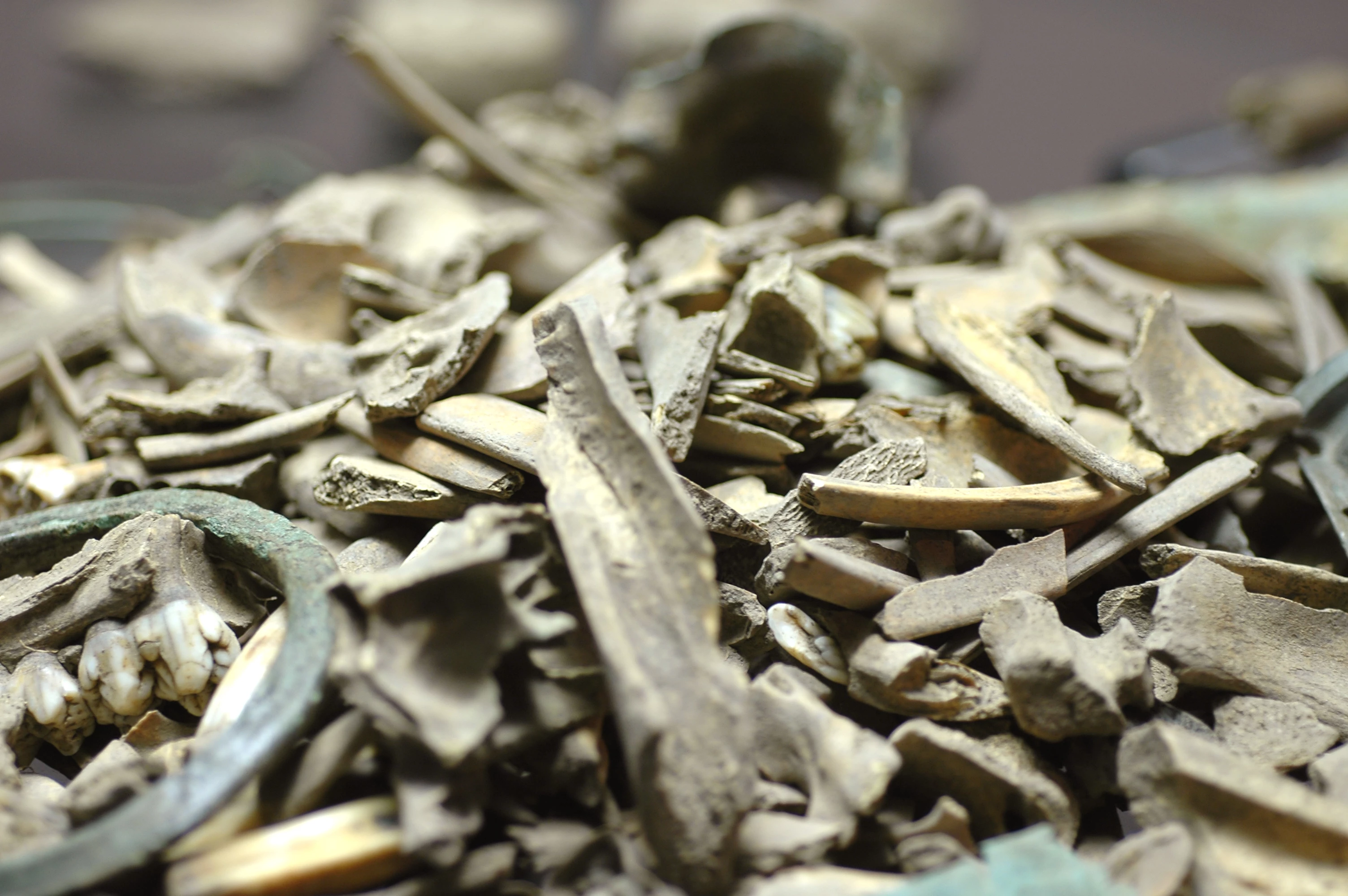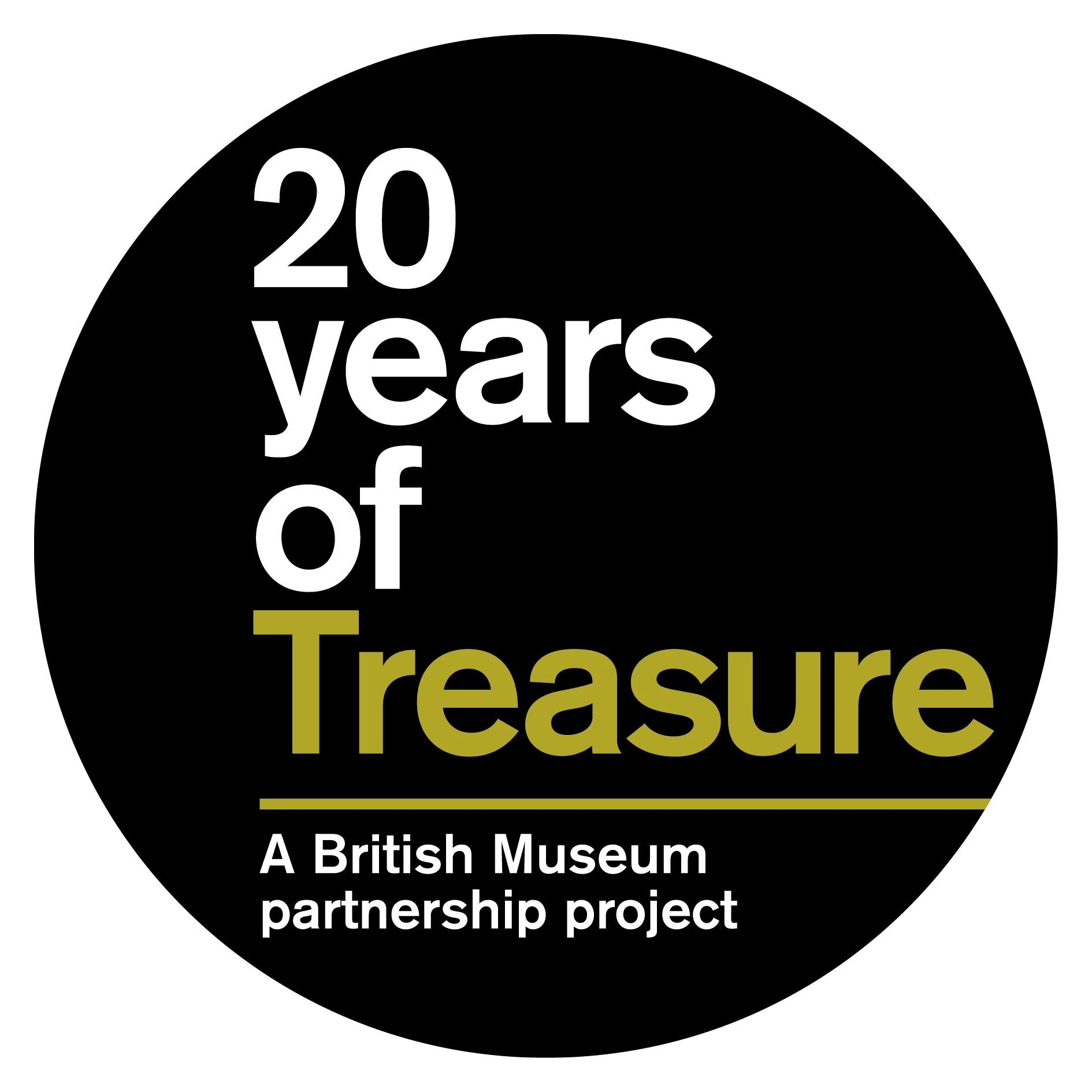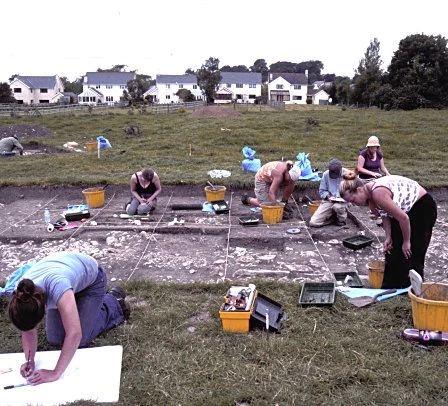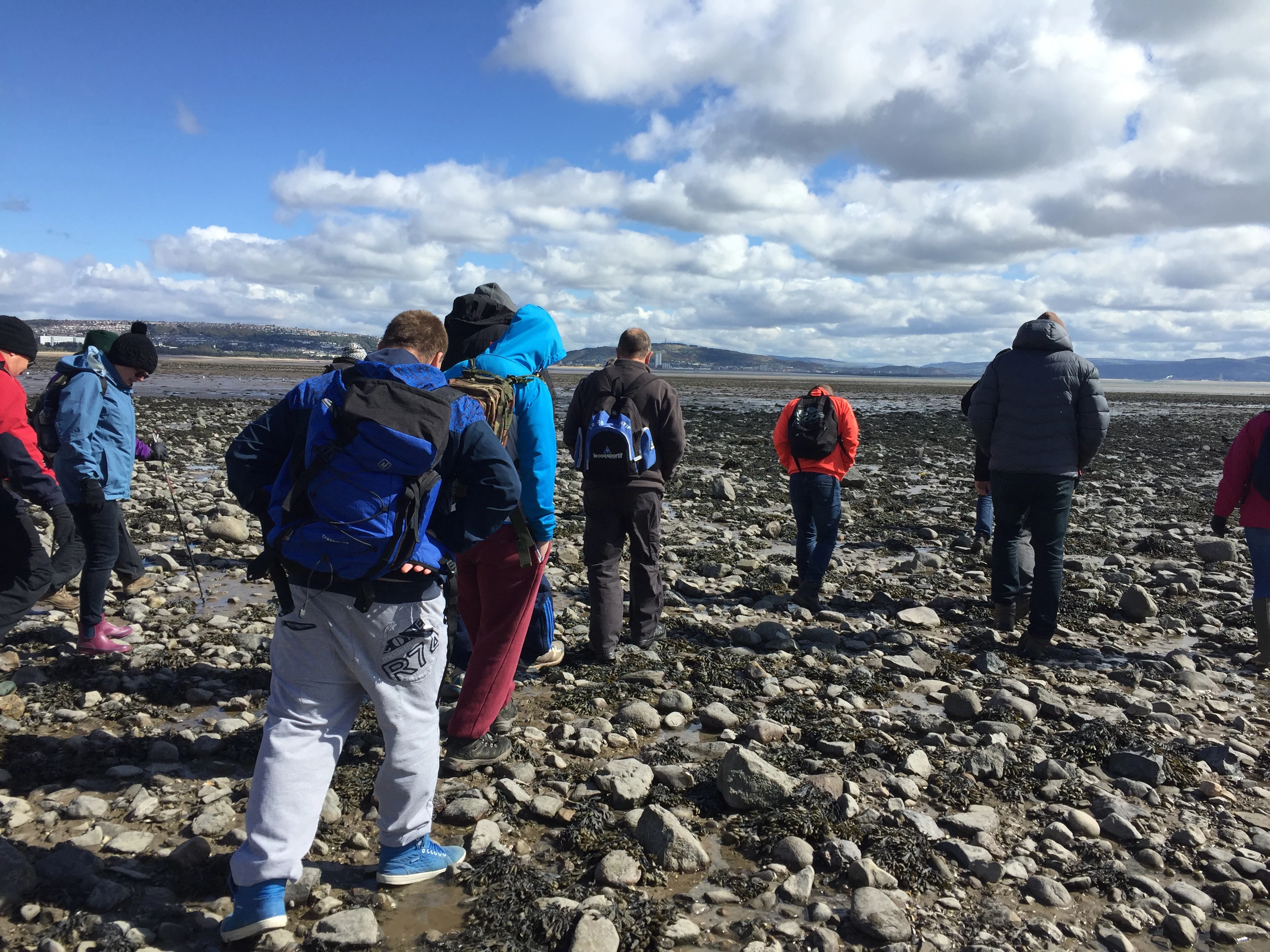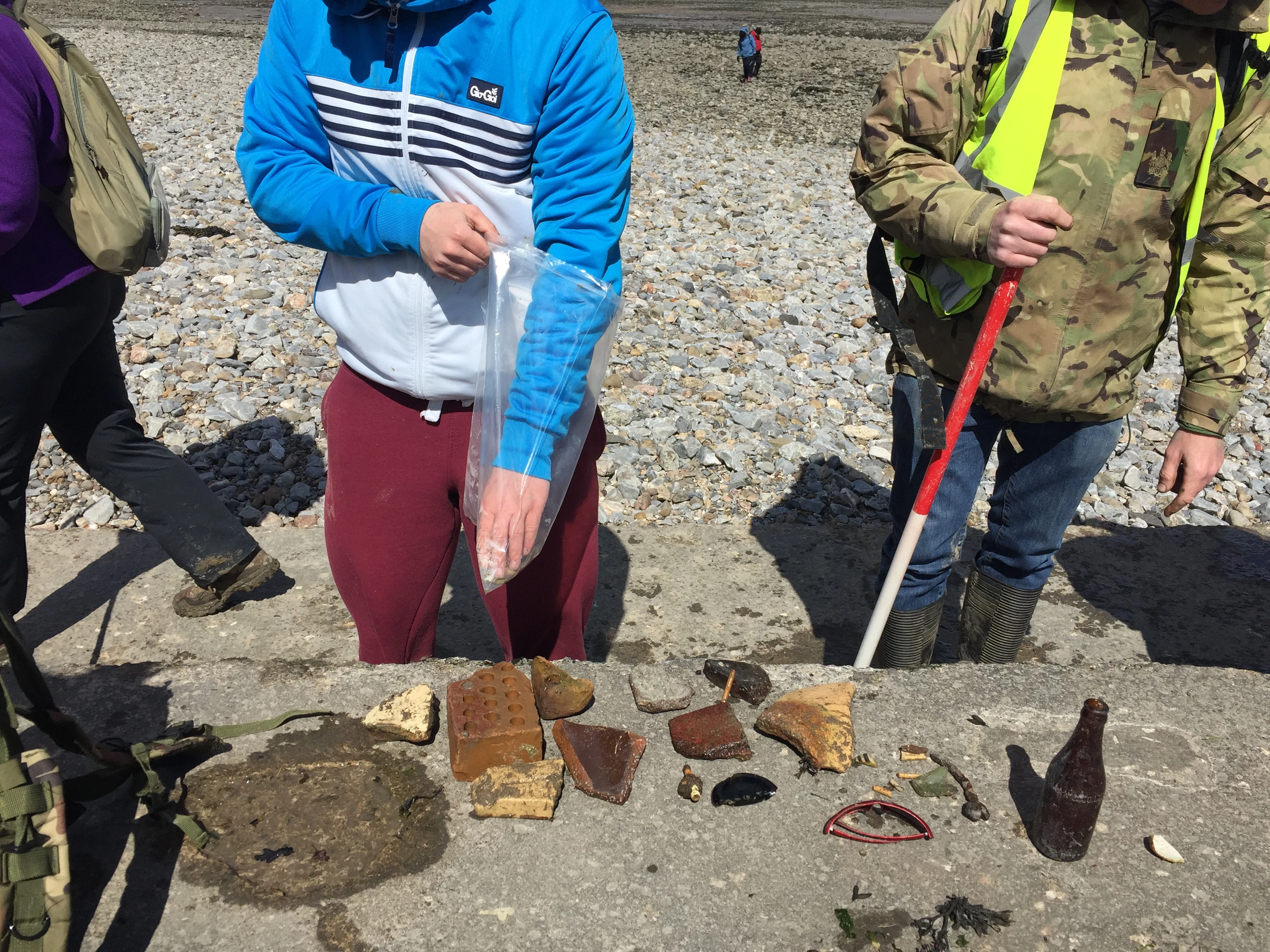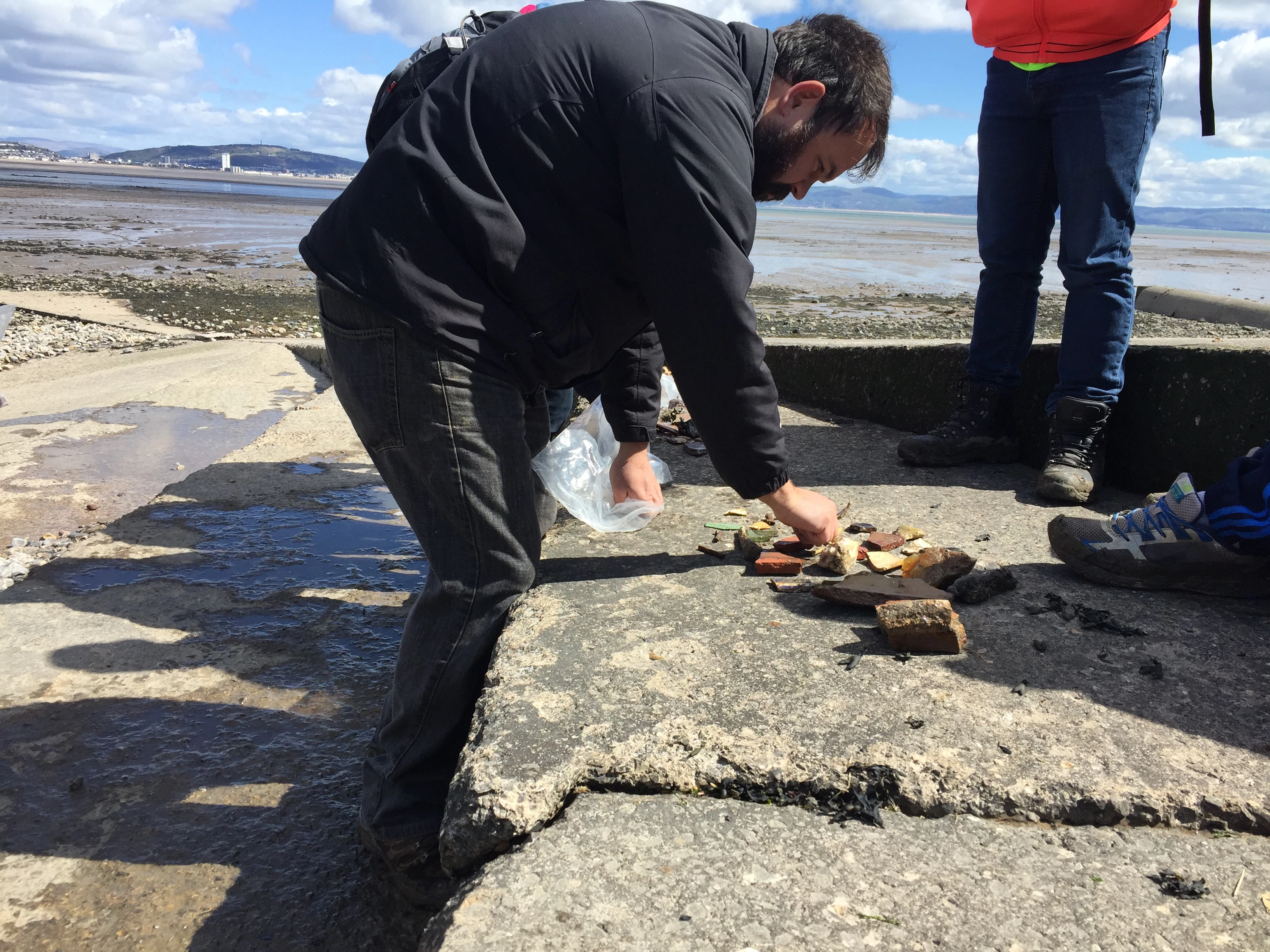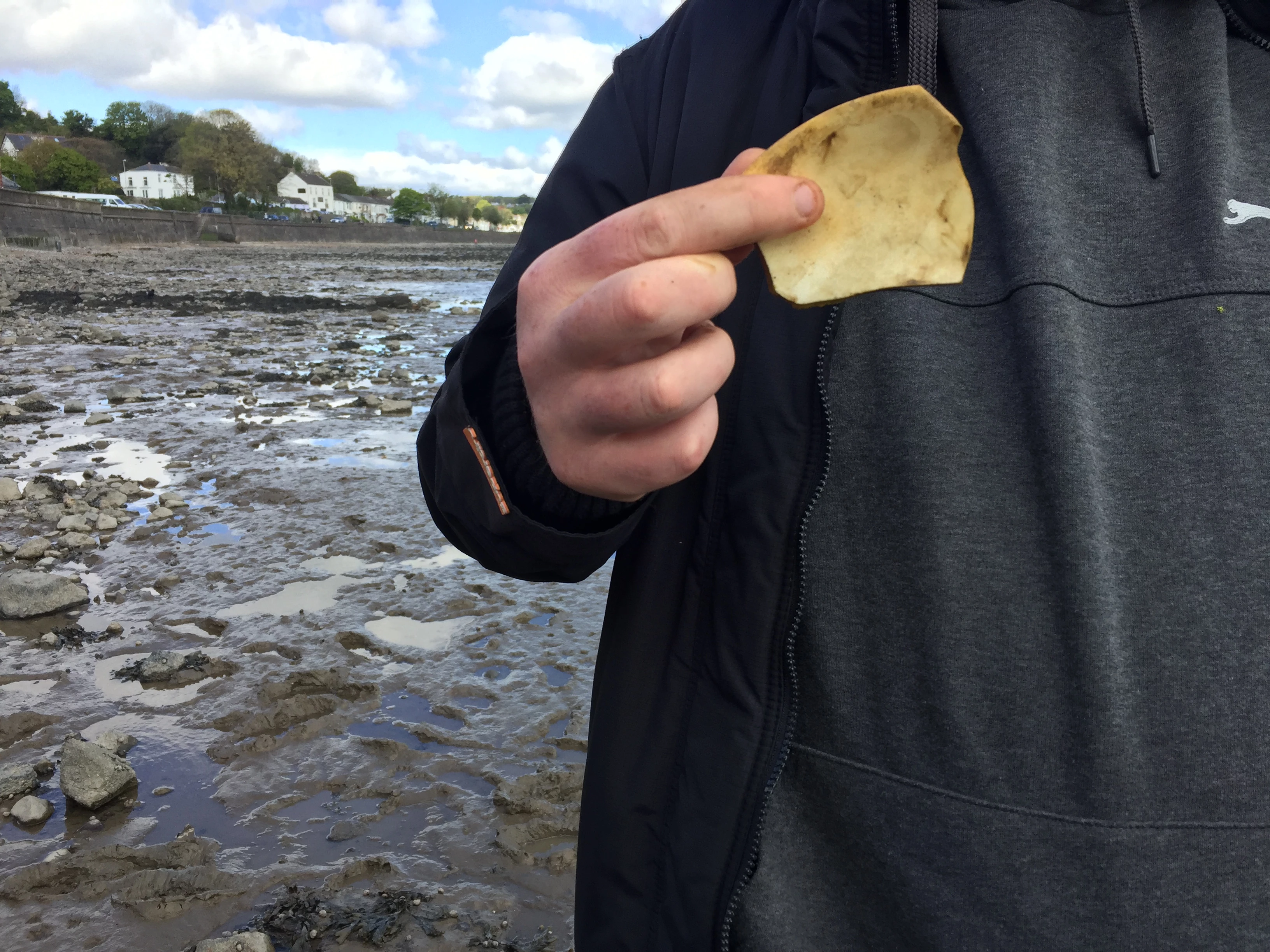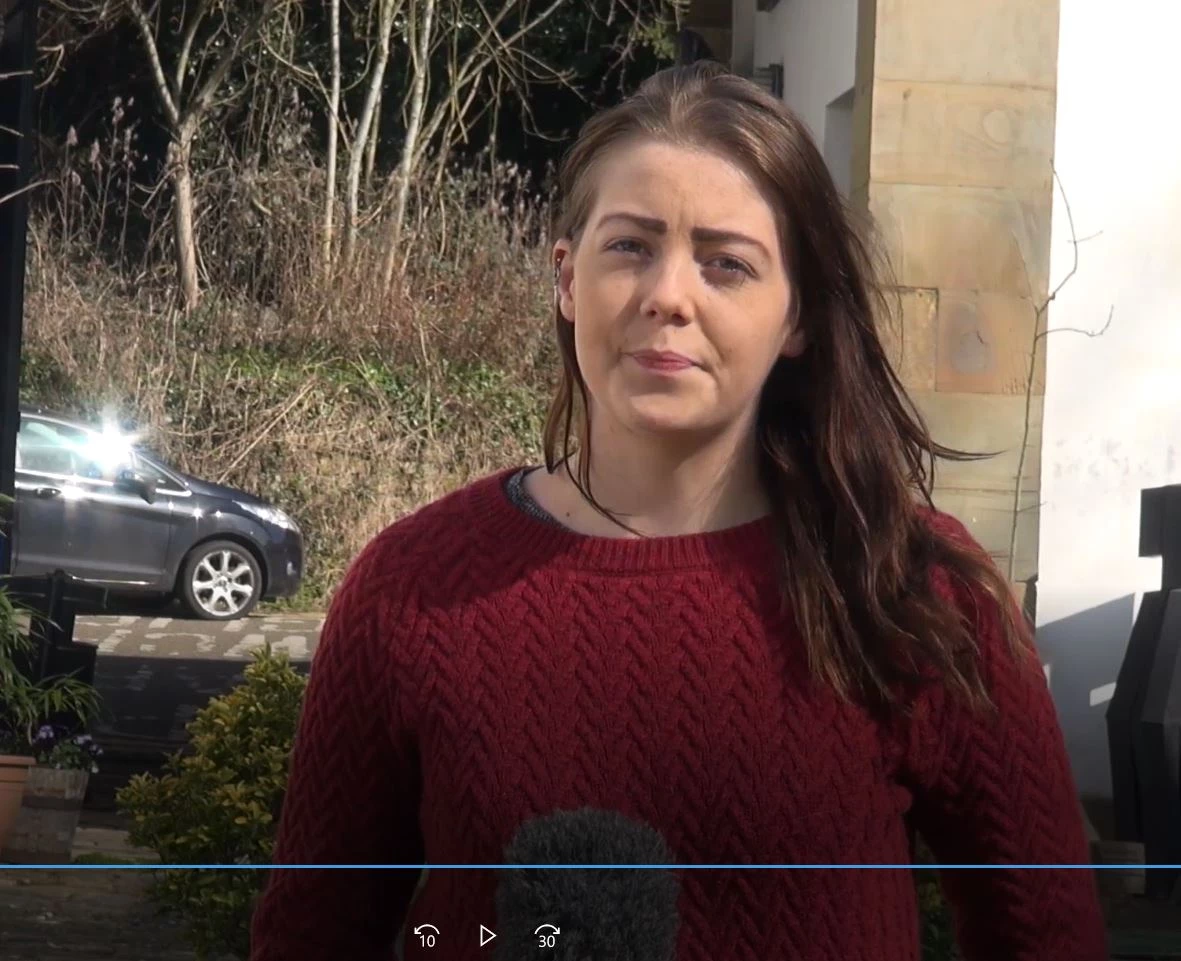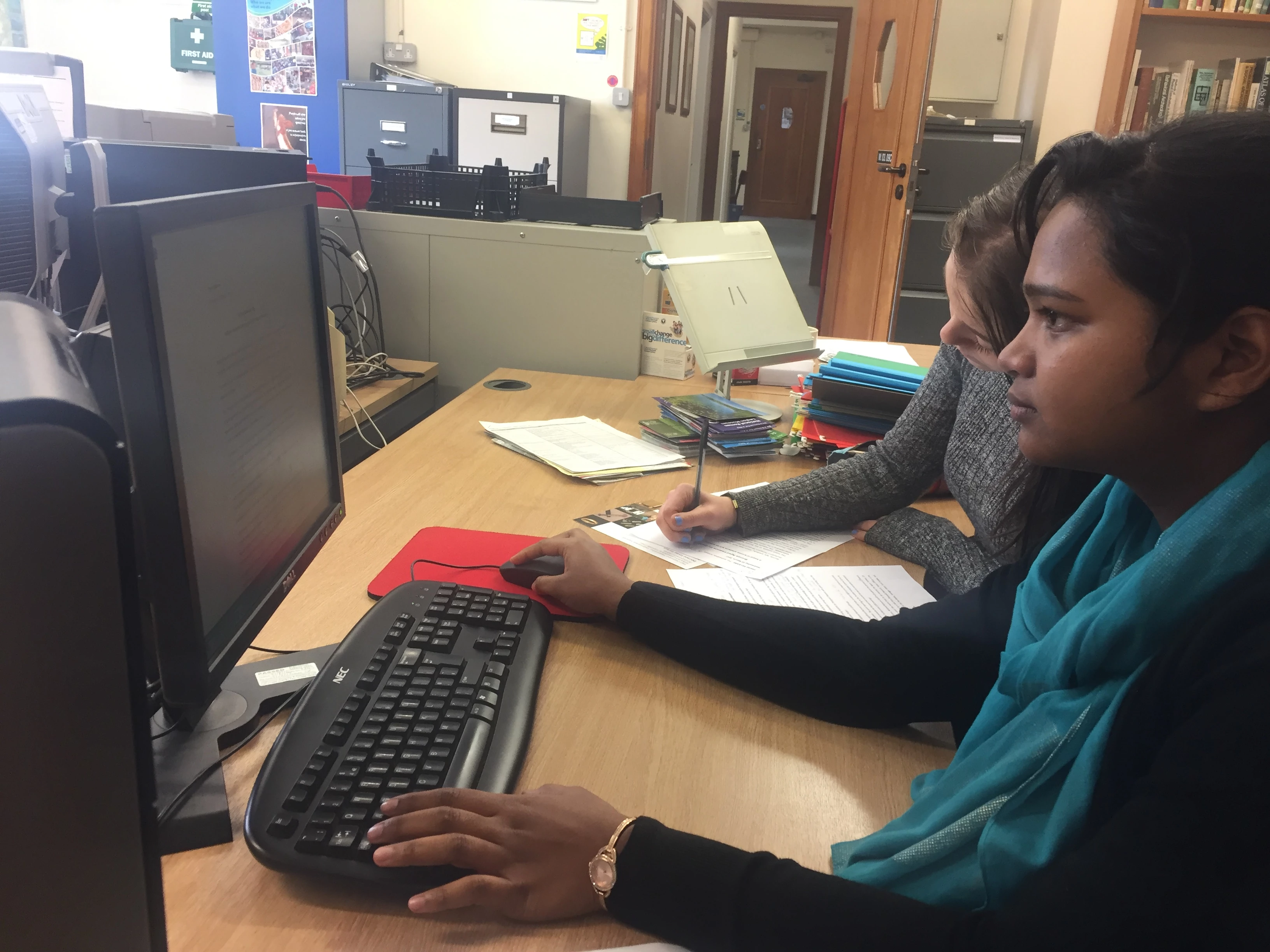Bronze Age Hoarding in Wales
, 16 June 2017
People have been hoarding objects for thousands of years.
People still do it today, but its origins lie in prehistory. This was very common in the Bronze Age (around 3000 years ago) when people collected items, such as weapons and tools, and buried them in pits and ditches.
Hoards may contain only three or four objects, or up to fifty or more. The largest Bronze Age hoard currently known in Britain contains over 6500 objects! Many hoards have been found in Wales recently and reported through the Portable Antiquities Scheme Cymru. This greatly adds to our understanding of prehistoric Wales.
Most recently, the Trevethin hoard from Torfaen has caught media attention, containing three axes and two spearheads. Other hoards have recently been found in the Vale of Glamorgan, Carmarthenshire, and Monmouthshire.
Buried objects include swords, spears, axes, and ingots of raw metal. Sometimes these objects were buried complete and pristine, while others were deliberately broken, burnt and bent before being put in the ground.
Many questions surround this practice.
Why were so many objects buried?
Why were some objects broken, while others were left intact?
Were hoards for religious purposes (e.g. as an offering)? Or did they act as stores of raw material that were lost?
It’s unlikely we will ever truly know the answers to these questions, and there is no “one-size-fits-all” approach. However, archaeologists can speculate based on how and where the hoard was buried and by comparing it to known historical periods in which hoarding was also practiced.
For instance, many hoards in Roman and Medieval times were deposited for safe keeping, during times of unrest. Meanwhile, objects deposited on hilltops or in rivers may have been symbolic markers within the landscape.
We can also think about what people do with objects today.
Some people collect objects for a hobby, such as stamps, coins, or shot glasses. Sometimes it’s for a specific purpose, such as preserving heritage – museums are an excellent example of this.
Similarly, items might be destroyed or discarded for a variety of reasons, such as eliminating a memory, commemorating the death of a friend or family, or simply as waste. Of course we can’t forget that sometimes objects might simply be lost.
Whatever the reason, hoarding formed an important tradition in Bronze Age Wales. With every new discovery, archaeologists get one step closer to understanding prehistoric ideas and values.
The Trevethin hoard is one of several hoards that was responsibly reported through the Portable Antiquities Scheme Cymru. It is now proudly on display at Pontypool Museum where it can be enjoyed by all members of the public. It was acquired with funding from the Saving Treasures: Telling Stories Project. More details on how the hoard was investigated, as well as a conversation with the finder, Gareth Wileman, can be found here.

